gesang rated A History of the Reformation: 5 stars
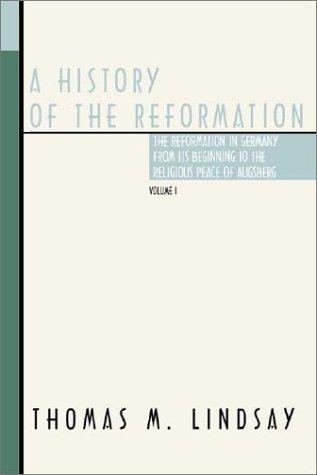
A History of the Reformation by Thomas M. Lindsay
In Thomas M. Lindsay's 'A History of the Reformation', readers are taken on a detailed journey through the crucial period …
This link opens in a pop-up window

In Thomas M. Lindsay's 'A History of the Reformation', readers are taken on a detailed journey through the crucial period …

In Thomas M. Lindsay's 'A History of the Reformation', readers are taken on a detailed journey through the crucial period …
Clark, while certainly not dumb, isn't a good metaphysician, and he doesn't understand many of Leibniz's arguments, so the correspondence is really a pain to read. Leibniz, impatient (plainly, he knows what Clark will say and what he should say, but his actual arguments are complex,so rather than writing them down he points to his earlier works and say things like "I've already shown in my work [...]"), and boastful, isn't a pleasure to read either. Nevertheless, from the fourth letters on, it becomes a deep and honest debate.
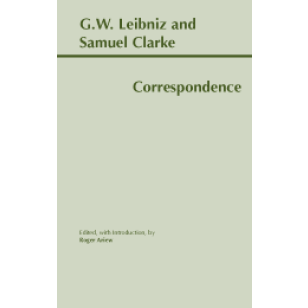
For this new edition, Roger Ariew has adapted Samuel Clarke’s edition of 1717, modernizing it to reflect contemporary English usage. …
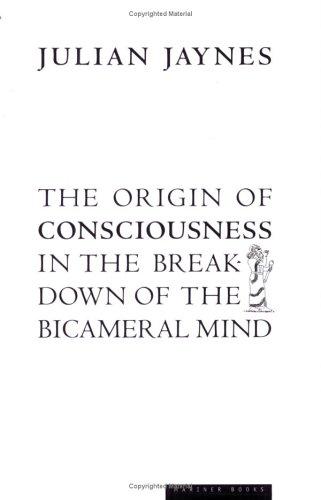
At the heart of this classic, seminal book is Julian Jaynes's still-controversial thesis that human consciousness did not begin far …
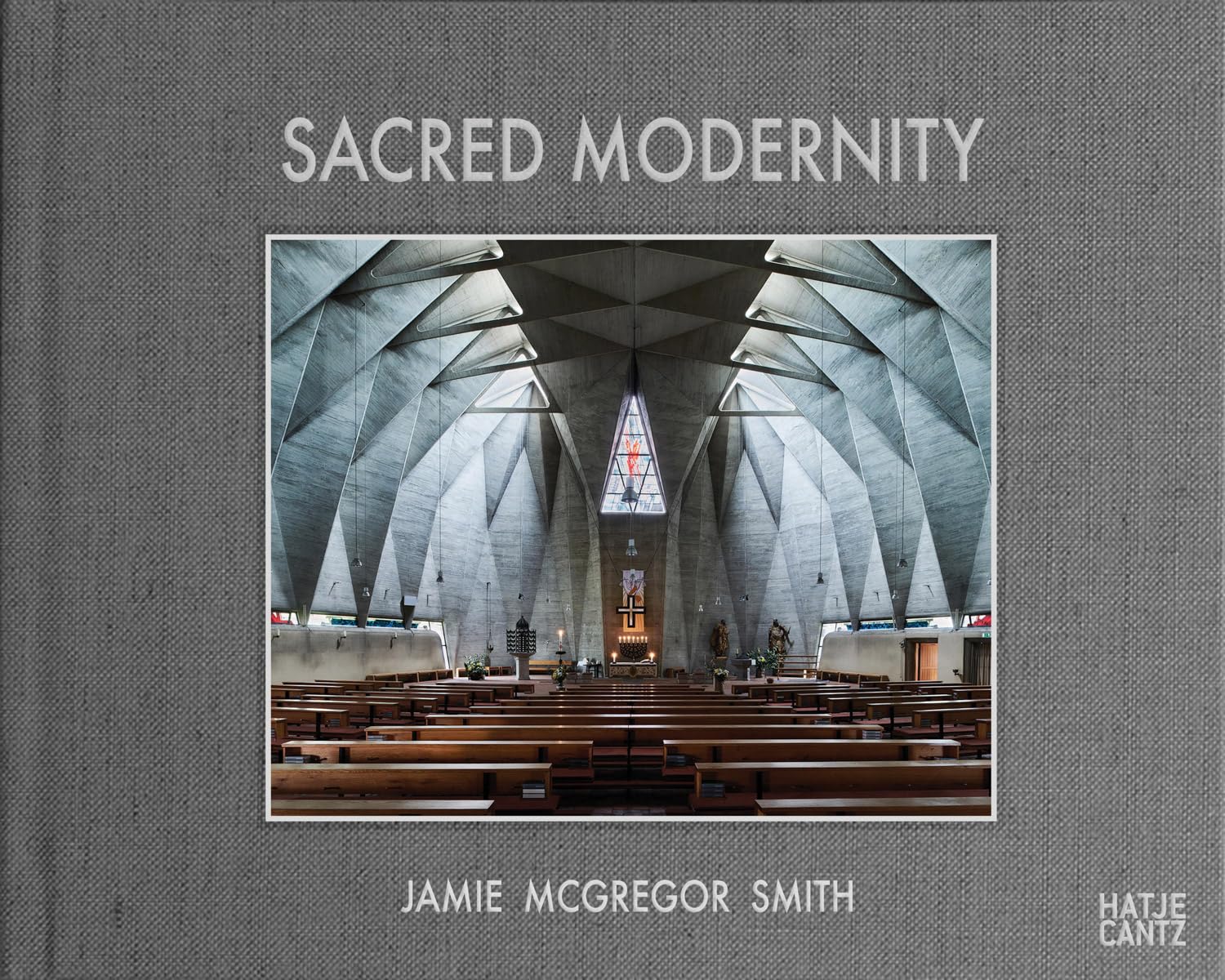
A Photographic Pilgrimage to the Temples of Modernism
Sacred Modernity documents the dramatic shift in ecclesiastical architecture across post-war Europe. …
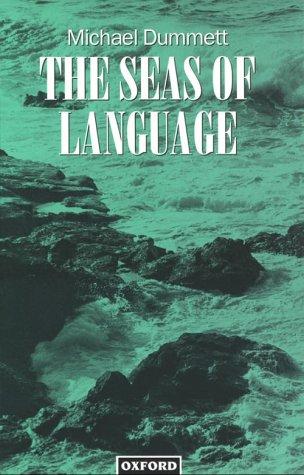
Michael Dummett is a leading contemporary philosopher whose work on the logic and metaphysics of language has had a lasting …
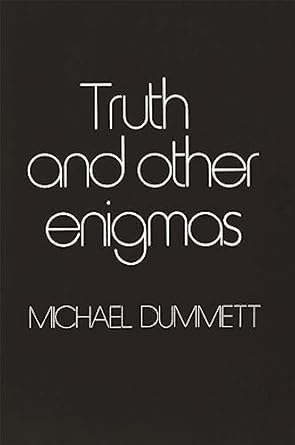
This collection of Michael Dummett’s philosophical essays, spanning more than twenty years, ranges in topic from time to the philosophy …
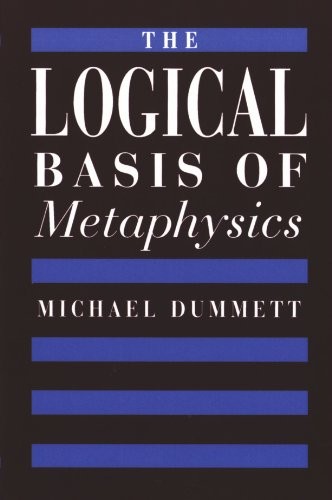
Michael Dummett’s new book is the greatly expanded and recently revised version of his distinguished William James Lectures, delivered in …
The paradigmatic work that demonstrates the methods of Warburg (or Hamburg) School of Art History, and more broadly, iconology and iconography. In conjunction with Vienna School's method and the Neo-Kantian theoretical background of the German countries from WWI to WWII, human culture is for the first time genuinely treated as a unified system, fulfilling the long march of German symbolic theology and German philosophy from Origen and Augustine of Hippo's theological anthropology, to Joachim of Fiore to Meister Eckhart and Jakob Boehme, to Giambattista Vico, to Herder, to Kant's philosophical anthropology, and to Goethe, to Hegel, and finally to Dilthey and Rickert, in its yearning for true inwardness and the self-knowledge of the depth of human - Imago Dei - spirit.
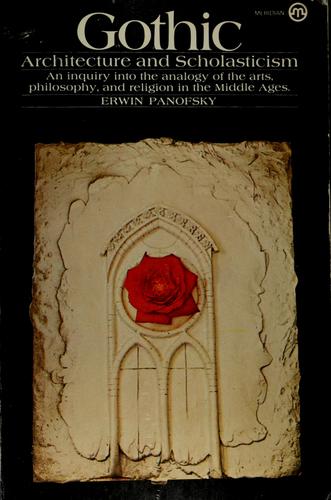
Professor Erwin Panofsky’s study, Gothic Architecture and Scholasticism, captured and holds an eminent place in a series that is not …
This is from a theological point of view the most profound and difficult of Jung's works. And since it is from a theological point of view, it follows that it is the most profound and difficult of Jung's works.
Jung's reading of "the Job question" is extremely controversial and problematic, but in the final chapters, when he becomes to argue for the significance of Marian dogma and Pius XII's promulgation of the Apostolic Constitution Munificentissimus Deus, "minds are gonna blow". Jung indicates how Religion in work functions.
People tend to focus on Jung's reading of the divine drama that is related to theodicy, rather than the Marian dogma he defends in the final chapters. This is a grave mistake, since the metaphysics is in the latter, while his (anti-)"theodicy" is merely a hermenuetic attempt in the guise of psychoanalysis.
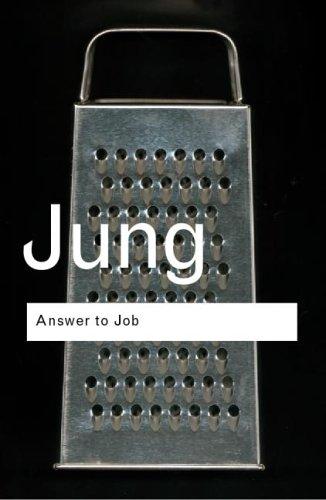
Considered one of Jung's most controversial works, Answer to Job also stands as Jung's most extensive commentary on a biblical …

Considered one of Jung's most controversial works, Answer to Job also stands as Jung's most extensive commentary on a biblical …